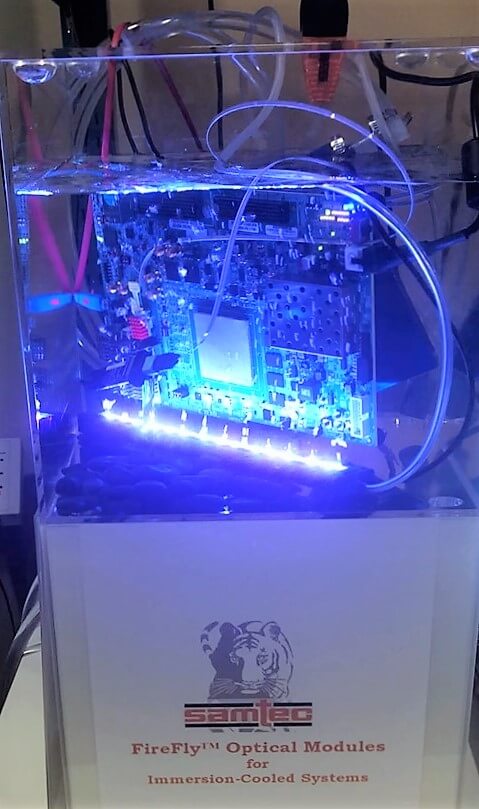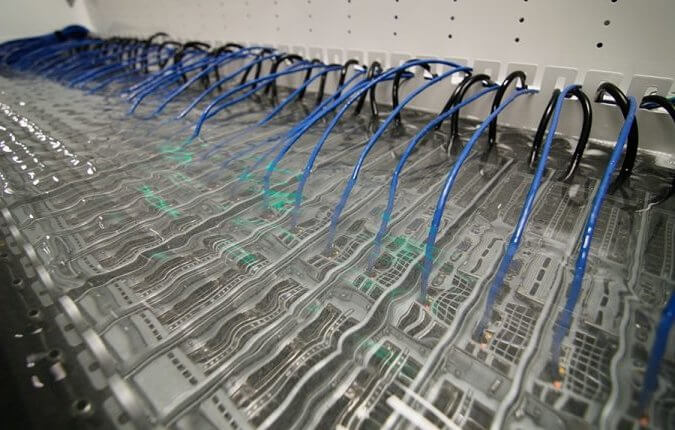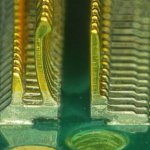
As we seek to go faster and faster in our systems, heat grows as does the noise from the cooling fans. It is because of this heat and noise, many companies are investigating or switching to liquid immersion cooling liquid immersion cooling options.
Over the last few years, submersible cooling has started to gain some traction within the world of super computing. Chances are likely this trend will continue as computing requirements continue to grow, and data centers look for ways to lower their overall energy consumption and noise production.
What is Immersion Cooling?

On the surface it is pretty self explanatory, place your electrical system in a cooling tank of liquid (dielectric coolant) and let it cool, but depending on your application there are going to be a couple of items to consider.
In the early days of submersible cooling, people would use mineral oils as the liquid for their systems, an open top tank and a cooling system. However, mineral oil contains some naturally occurring sulfur compounds that can lead to corrosion and failure of your system. Because of this, companies like 3M and Engineered Fluids have developed dielectric coolants without sulfur.
Fast forward to today, cooling tanks can be sealed systems or open air, and depending on which you are using will determine the fluid you choose. There are also Single-Phase fluids (the fluid remains a fluid) and Two-Phase fluids (fluids that boil and turn to a gas). Each of these systems have their advantages and disadvantages, and will not be discussed here.
Why Immersion Cooling?
To simply put it, thermodynamics. We are putting more power into our systems than ever before, and because of that we need a better way to remove the heat. A liquid has a higher heat transfer coefficient than air, and can pull more heat from the system with less energy consumption.
Systems can also be pushed harder without the need to keep the surrounding environments cooler (think a server room). Overall, immersion cooling could help lower the power consumption of your company, and reduce your environmental footprint as well.
Samtec is always watching the growing trends in the electronics industry, and looks to provide our customers with test data for how our connectors will perform under these trends / conditions. In the coming months, Samtec will be rolling out test data showcasing connector series in submersible applications.
If you are heading to SuperComputing 2019, then make sure to stop by Samtec’s booth 343, and check out our Submersible 112 Gbps Optical Transceiver display.



Leave a Reply